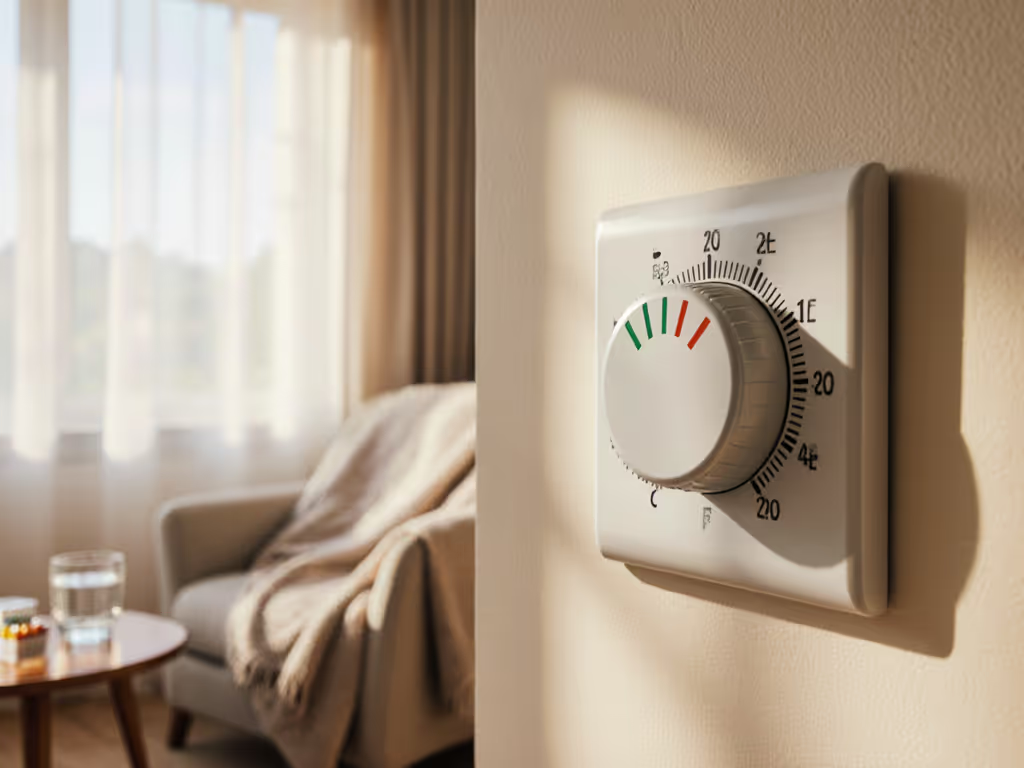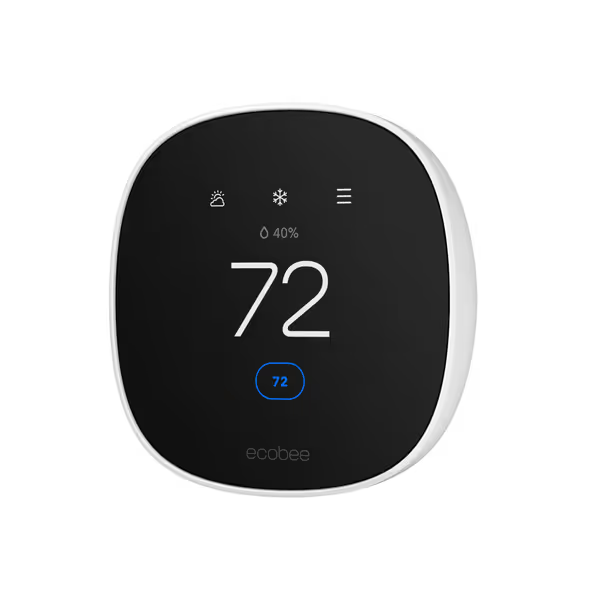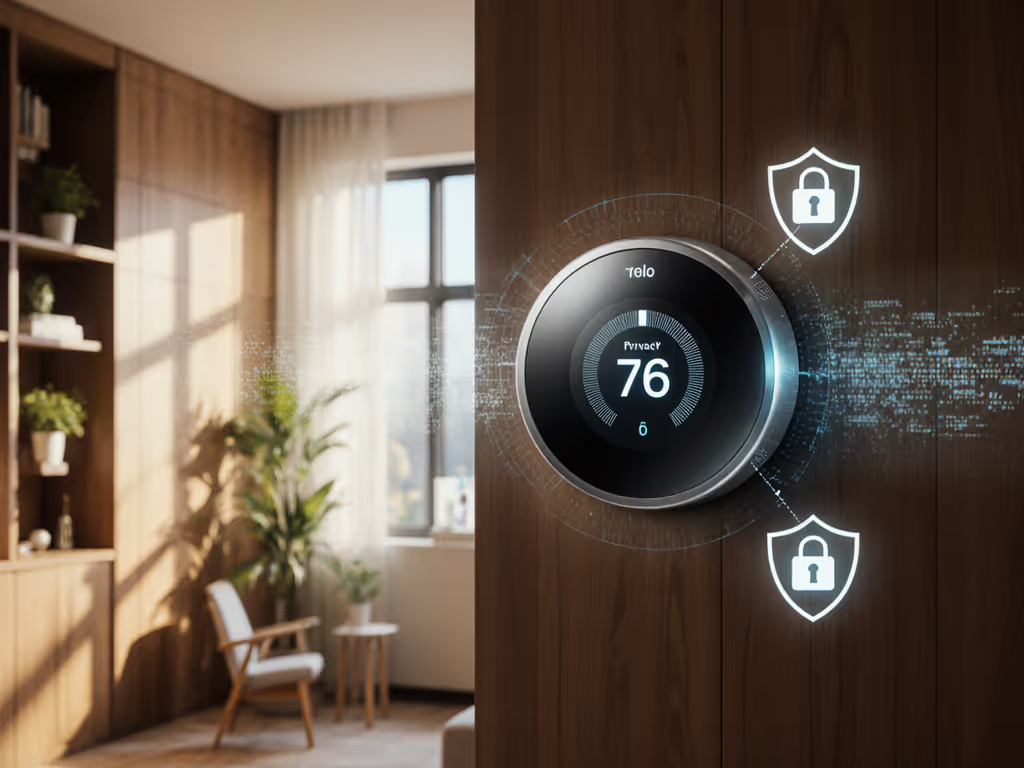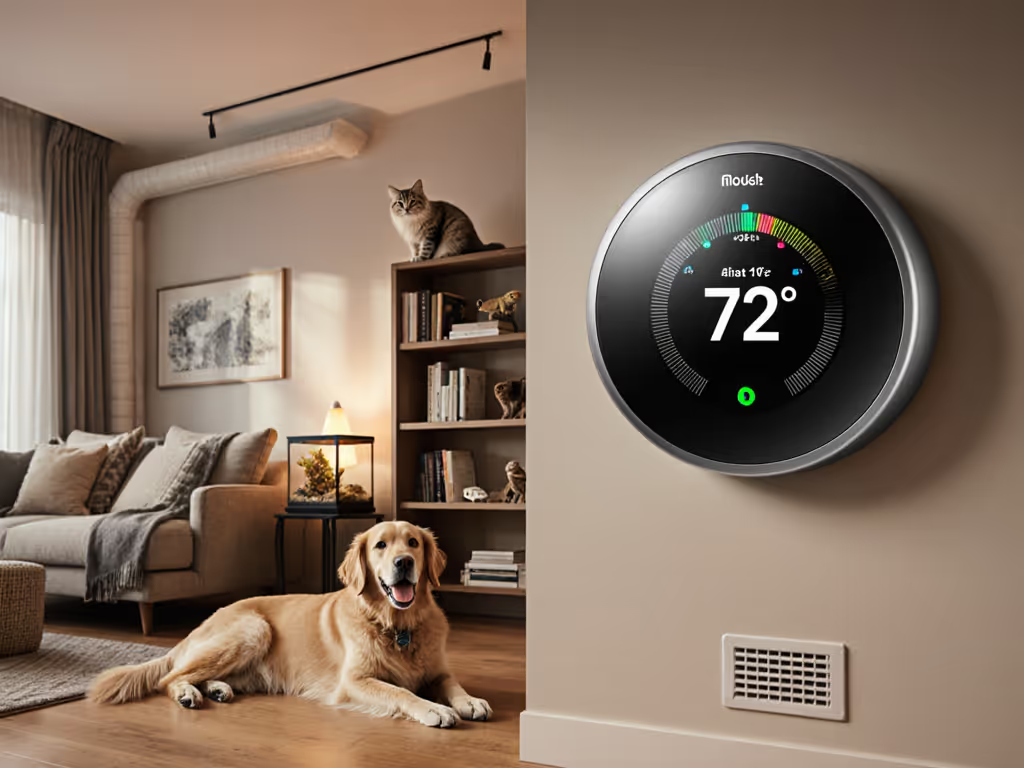
Smart Thermostat Scheduling: No HVAC Compatibility Guesswork

When choosing between a smart thermostat and a traditional programmable AC thermostat, the critical difference isn't just about app control, it's whether your comfort remains predictable when external services fail. As a HomeKit-focused designer who's weathered multiple grid and internet outages, I've learned that truly reliable scheduling requires understanding your HVAC's physical capabilities before considering cloud features. This FAQ explains how to build scheduling systems that work reliably (regardless of network conditions).
Why do my thermostat schedules sometimes ignore my programming or cause equipment short-cycling?
This problem almost always stems from mismatched communication between your scheduling logic and HVAC control board capabilities, not "smart" features failing. Every thermostat operates within hard physical constraints defined by your wiring configuration and HVAC type (single-stage, heat pump, dual-fuel, boiler).
Consider this dependency diagram showing how scheduling instructions flow through system layers:
User Schedule → Thermostat Logic → Wiring Interface → HVAC Control Board → Equipment Stages
If any layer lacks capability to execute the instruction (e.g., requesting a 5-minute compressor cycle on equipment requiring 15-minute minimum run times), your system either ignores the command or triggers protective shutdowns. Programmable thermostats generally follow schedules rigidly but offer no adaptation; smart thermostats may override schedules based on learned behavior, but both fail when physical constraints aren't respected.
Before trusting any scheduling feature, verify your HVAC's minimum cycle times, staging sequence, and compressor protection requirements. Your installer's manual, not marketing materials, reveals these truth constraints.
How can I confirm my HVAC system will actually execute seasonal scheduling adjustments?
Most homeowners don't realize that "seasonal scheduling" requires proper system configuration at the wiring level. A thermostat can't magically convert your single-stage furnace to multi-stage operation, nor can it properly manage heat pump auxiliary locks without correct O/B valve wiring.
Create this capability checklist before purchasing:
- Heat pump systems: Verify O/B terminal polarity matches your reversing valve (manufacturer documentation required)
- Multi-stage equipment: Confirm wiring supports all stages (Y1/Y2, W1/W2, etc.)
- Dual-fuel setups: Ensure thermostat recognizes changeover temperature settings
- Boiler/radiant systems: Validate compatible low-voltage control interface
I once diagnosed a client's "failed schedule" issue to incorrectly labeled wiring where Aux heat (W2) was connected to second-stage cooling (Y2). Their thermostat happily scheduled Aux heat during summer, tripping breakers when it attempted emergency heat during cooling mode. Physical verification matters more than scheduling interface polish. If you're unsure about wiring, staging, or C-wire requirements, see our DIY vs pro wiring complexity guide.
If the WAN dies, what still works? How do I ensure critical schedules remain operational?
This question defines my design philosophy. During a recent storm that took out internet for two days, our radiant floor system stayed steady because HomeKit schedules lived on-device and Thread kept sensors online. While neighbors' cloud apps spun, our automations pre-warmed the nursery and held a narrow band (no subscription required).
Here's what actually works offline versus cloud-dependent scheduling features:
| Scheduling Feature | Local Execution | Cloud Required |
|---|---|---|
| Basic time-based schedules | ✓ | ✗ |
| Occupancy-based scheduling | ✓ (with local presence detection) | ✗ |
| Multi-day programming | ✓ | ✗ |
| Vacation mode optimization | ✓ | ✗ |
| Seasonal adjustments | ✓ (pre-configured) | ✗ |
| Weather-adaptive scheduling | ✗ | ✓ |
| Remote override | ✗ | ✓ |
| Utility demand response | ✗ | ✓ |
Programmable thermostats excel at locally stored time-based schedules but lack contextual awareness. Modern Matter-enabled smart thermostats handle occupancy-based scheduling locally when properly configured with Thread-bound sensors, meaning your temperature adjustments continue even during internet outages.

ecobee Smart Thermostat Essential
How do I implement occupancy-based scheduling that actually adapts to real household patterns?
Many smart thermostats promise "learning" capabilities that often disappoint because they rely on unreliable phone geofencing rather than direct occupancy sensing. For true occupancy-based scheduling that works consistently:
- Deploy Thread-connected temperature/motion sensors in key zones (not just the thermostat location)
- Configure fallback behavior when sensors go offline (e.g., "revert to weekday schedule after 30 minutes")
- Set minimum occupancy thresholds (e.g., "don't activate Away mode unless all rooms show no motion for 90 minutes")
- Avoid over-reliance on phone location, which fails during battery-saving modes If you do rely on location, follow our steps to optimize thermostat geofencing so it doesn't break your schedules.
Some models address this with a customizable fallback room feature, selecting a default sensor when primary ones lose signal. This is critical for utility rooms where thermostats often mount but don't reflect actual living space conditions.
What's the most reliable approach for seasonal scheduling adjustments without manual reprogramming?
Rather than chasing "automatic season detection" features that often misfire, build flexible scheduling templates that respond to actual environmental triggers:
- Spring/Fall shoulder seasons: Program wider deadbands (e.g., 68°F-74°F) that minimize system cycling during mild weather
- Winter strategy: Set pre-heat periods based on outdoor temperature thresholds (e.g., "begin warming 2 hours before wake time if outside < 40°F")
- Summer approach: Implement humidity-based activation (e.g., "run AC when RH exceeds 55% regardless of temperature")

These adjustments work reliably because they're based on measurable conditions rather than calendar dates. The best systems allow you to define these triggers once, then they execute based on local sensor data without cloud processing.
Can I safely use vacation mode without risking frozen pipes or equipment damage?
Vacation mode optimization requires understanding your HVAC's physical limitations in extreme conditions. Simply setting a "safe" temperature isn't enough. For extended absences, see our vacation home thermostat freeze protection picks to safeguard pipes and maintain remote control. Consider these failure-mode scenarios:
- Winter: Will your system actually maintain 55°F if outdoor temps drop below design limits?
- Summer: Does your equipment have sufficient staging to maintain humidity control at elevated temps?
- Power restoration: Does your thermostat have battery backup to recover schedules after outage?
During a two-week winter trip, I received a HomeKit alert that indoor temps dropped despite vacation settings. Remote diagnostics revealed the heat pump entered defrost mode too frequently at -15°F, triggering Aux lockout. My local schedule reverted to furnace-only operation (preventing frozen pipes while avoiding dangerous Aux heat overuse).
Always configure emergency fallbacks: "If temperature falls below 50°F for 2 hours, activate all available heat sources regardless of schedule"
Conclusion: Schedule with Certainty, Not Hope
Your thermostat's scheduling capability is only as reliable as your understanding of the physical systems it controls. Prioritize local execution of critical schedules, verify HVAC compatibility before purchase, and design fallback behaviors for every possible failure mode.
Don't trust promises of "set and forget", build schedules that respect your equipment's truth constraints. With proper planning, you'll achieve the reliability that makes smart home technology genuinely valuable, rather than just another point of failure.
Further Exploration:
- Download our HVAC wiring compatibility checklist (with photos of common configurations)
- Join our monthly HomeKit Home Automation workshop focused on local-first reliability
- Review Matter Alliance's certified device database for Thread-compatible thermostats



